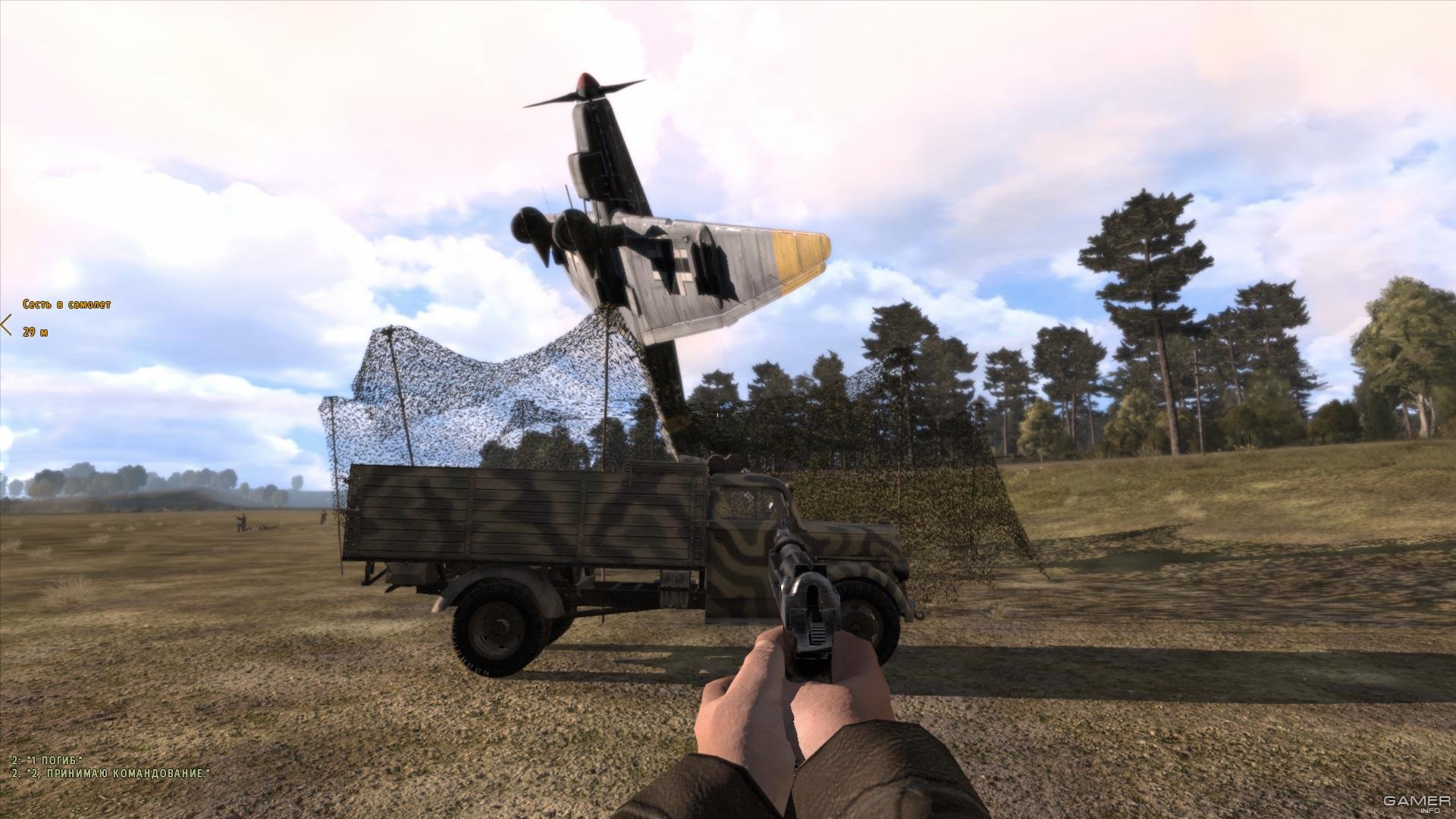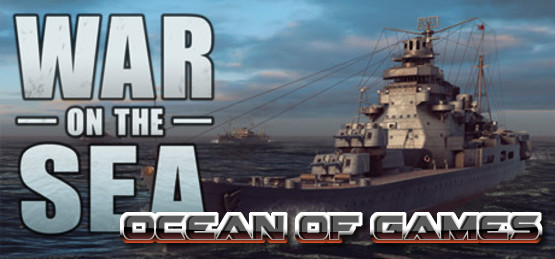

The 5th Panzer Division was, however, unable to hold Maladzyechna. Soviet reports suggested that units on their northern flank advanced to schedule, noting some resistance from scattered remnants of the destroyed VI Corps of Third Panzer Army, but stated that the 11th Guards Army in particular encountered strong German resistance and several counter-attacks. To the south, the 39th Army was directed to move on Lida, while the 11th Guards Army would advance in the Front's centre. The rifle divisions of 5th Army were ordered to follow and close up to them. 5th Guards Tank Army (General Pavel Rotmistrov)Ĭhernyakhovsky ordered that his main mobile 'exploitation' forces, the 5th Guards Tank Army and 3rd Guards Cavalry Corps continue their advance from Minsk on July 5 in the direction of Vilnius, with the aim of reaching the city by the following day: they were to encircle Vilnius from the south and north respectively.33rd Army (Lieutenant-General Vasily Kryuchenkin).11th Guards Army (General Kuzma Galitsky).3rd Belorussian Front (General Ivan Chernyakhovsky).



Remnants of the Fourth Army that had escaped the encirclement, and units of the 5th Panzer Division (reorganised into an ad hoc Kampfgruppe, later redesignated XXXIX Panzer Corps, under General Dietrich von Saucken) fell back to form a defence before Maladzyechna, an important rail junction but the 5th Guards Tank Army was able to cut the route between there and Minsk on July 3. The German defenders were still in comparative disarray after the Minsk offensive. The 33rd Army was transferred from the 2nd Belorussian Front in order to assist these objectives. This required them to develop their offensive towards Maladzyechna and Vilnius, capturing the latter no later than 10 July, and to force crossings of the Neman River. Stavka issued a new order, number 220126, to the troops of the 3rd Belorussian Front on July 4. For the German high command, it became imperative to hold Vilnius, because without it would become almost impossible to re-establish a sustainable connection between the two German army groups, and to hold the Red Army off outside East Prussia and away from the Baltic Sea shores. While a large part of the Soviet force was employed to reduce the German pocket east of Minsk, following the Minsk Offensive Operation, the Soviet high command decided to exploit the situation along the breach to the north, by turning mobile formations towards the major traffic centre of Vilnius, in eastern Lithuania. By the beginning of July the front line had been torn open at the seam of German Army Group Centre and Army Group North, roughly on a line from Vitebsk to Vilnius. 4.2 Contribution by the Polish Home Armyįrom 23 June 1944, the Red Army conducted a major offensive operation under the code-name Operation Bagration, liberating Belarus, and driving towards the Polish border and the Baltic Sea coast.


 0 kommentar(er)
0 kommentar(er)
